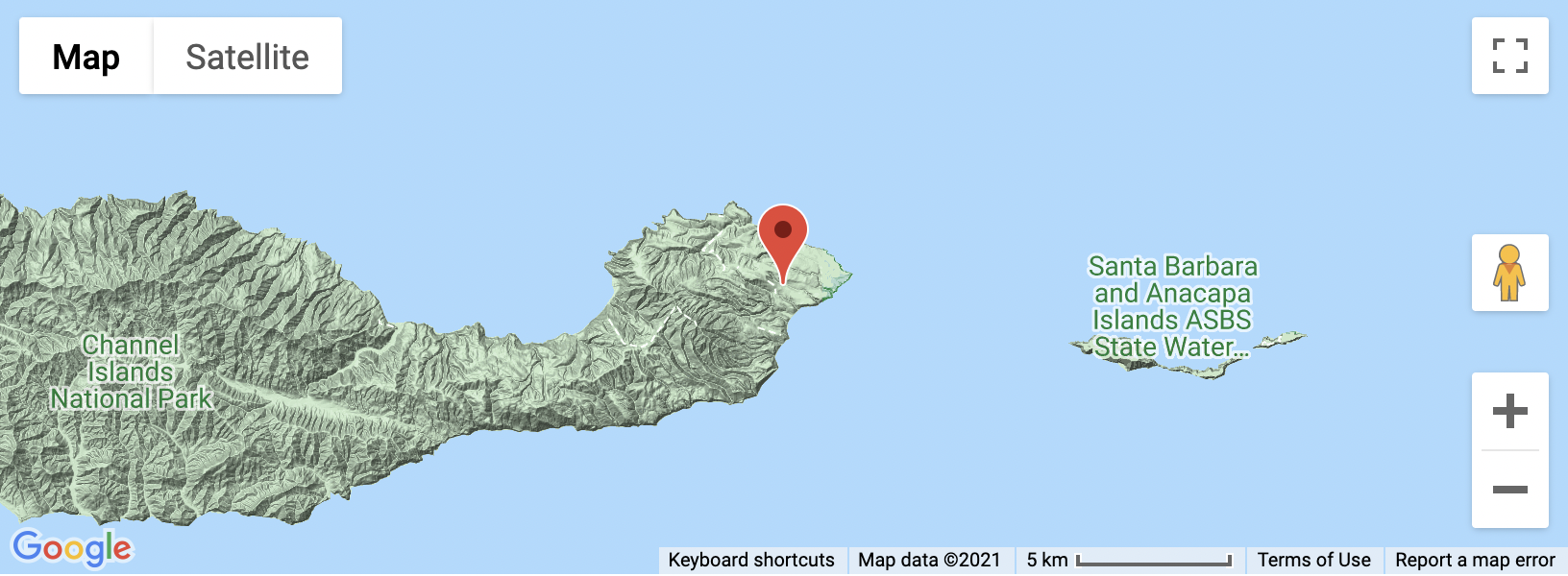One of the basic things that everyone learns in an introductory Geology class is the classic, concave-up long profile shape of a stream channel. However, this condition applies only when the stream channel is in equilibrium. If some outside factor is perturbing the system (e.g. tectonic uplift, sea level change, human development/ damming of a stream), then the channel is no longer in equilibrium, and the shape of the long profile will respond.
A tectonically active place such as Santa Cruz Island is an excellent place to observe dis-equilibrium stream channels. The net topographic uplift of the island has pushed streams from nice, happy equilibrium profiles to ones that are a bit disturbed. For example, this drainage north of Smuggler's Cove, alongside the trail:

Looking at this channel, you can see that it goes from fairly steep (close to the viewpoint) to flat as it flows out onto the terrace. But- off at the edge of the terrace, the channel becomes steep again- sure sign that it's not in equilibrium. Here's why:

- Our stream has a nice, concave-up profile shape. The landscape is happy. However, if we perturb the landscape (in this case tectonic uplift or sea level fall exposing the bench), the stream channel must adjust.
- In order to reach an equilibrium profile again, the stream must incise into the new terrace. Since most incision work is done where the slope is steepest, the channel incises more at the terrace edge and less on the terrace surface. These dis-equilibrium stream profiles are typical of Santa Cruz Island- take a look around!

